A tantalising tale of art and Gothic horror in Norway’s Arctic archipelago
We visit the 2022 edition of the Lofoten International Art Festival (LIAF) in Norway's Arctic archipelago, an edition filled with myth, politics and Gothic horror.
Louise Long - Photography
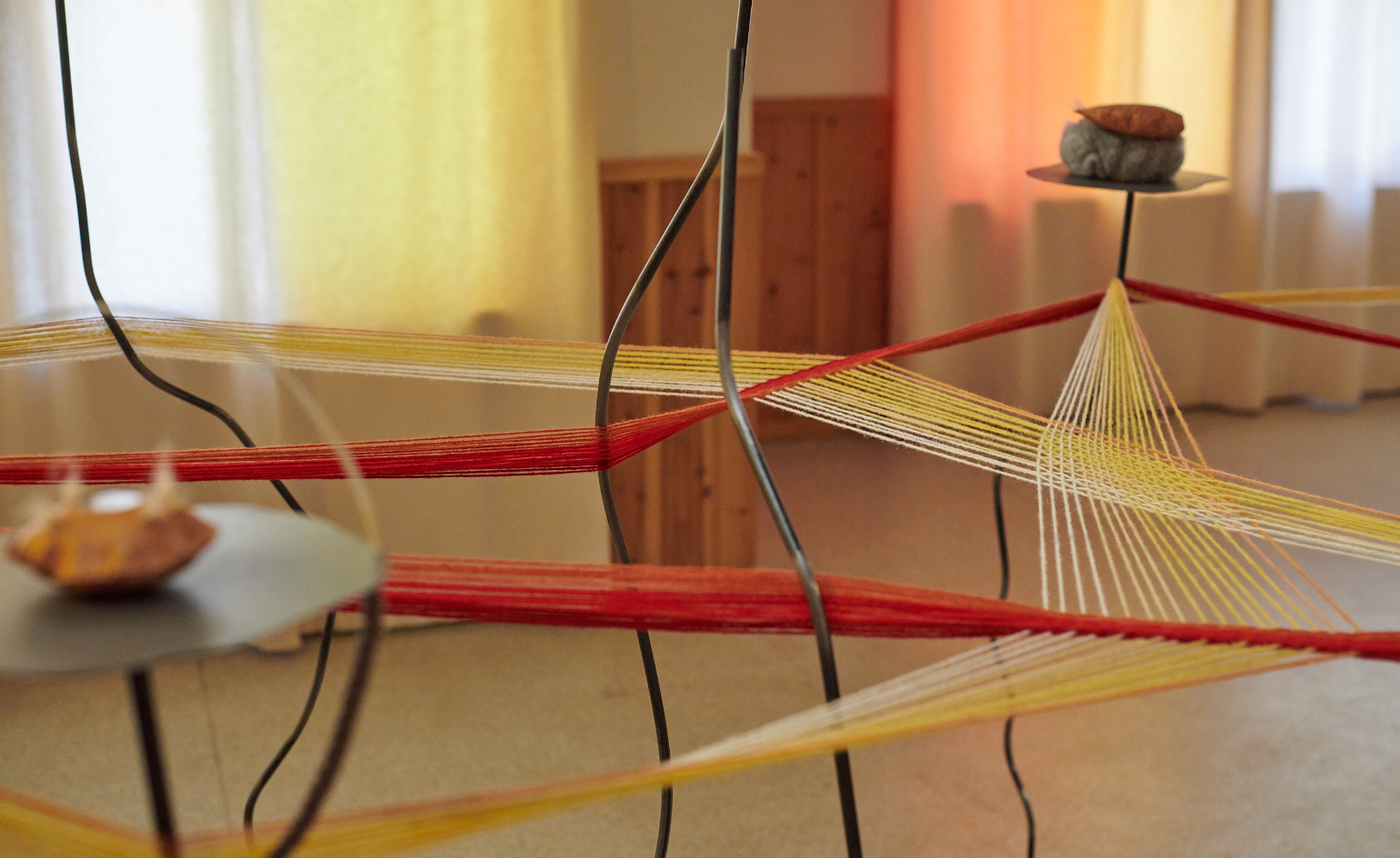
Vågakallen is the ‘old man mountain’ which stretches out across the bay from Storvågan village. He lies on his back, head pointing towards the sea – crossed arms and raised knees rising in undulating peaks and scarps. Like many of the mountains in the region, Vågakallen was once a troll, his backstory involving a failed pursuit of a young virgin, a horseman, seven sisters baking bread, and an arrow shot into a hat of the king. As the saga concludes at dawn, each of the story’s characters is turned irrevocably to stone.
Folklore of this kind is the lifeblood of Lofoten, where centuries of fishermen have journeyed to reach these arctic cod-spawning waters, their navigation way-marked by distinctly sculpted geologies; myth and memory settling onto the land with each century of snow drift.

The historic harbour of Kabelvåg, the oldest town in the Lofoten archipelago, and backdrop to five of the six venues for the Lofoten International Art Festival 2022
It’s storytelling which steers the ship of contemporary culture in Lofoten, an archipelago in Norway’s Arctic Circle, host since 1991 to Scandinavia’s longest-running contemporary biennale, the Lofoten International Art Festival (LIAF). Themed 'Fantasmagoriana', the 2022 edition’s guiding star is the anthology of German supernatural tales chosen as writing inspiration by Byron, Shelley, Polidori and Clairmont during their infamous gathering at Villa Diodati on Lake Geneva in 1816. (‘The year without a summer’). The fact that Shelley went on to set the first chapter of Frankenstein in the arctic midnight, had not escaped LIAF’s Italian curating duo, Francesco Urbano Ragazzi. Through three chapters of their own (Venice, Oslo, then Lofoten), LIAF 2022 remaps a new archipelago of literary, political, and geographical references, with 37 artists in tow.

Stan VanDerBeek Panels For the Walls of the World, Phase 1, 1970-2022, pasting the exterior of the Blue Black Box festival venue
LIAF being ‘nomadic’, the curators’ ultimate decision to set the festival in and around the town of Kabelvåg was both for its historical potency — as the place where Kurt Schwitters was confined during the Nazi occupation of Norway — and also for its film school, Nordland Kunst, to whom the entire festival is dedicated. Thus moving image and its history become a wellspring for the ‘cinematic’ in various dimensions: from Sille Storihle’s meta-narrative film on the power play of ‘The Group Crit', 2022, as side-splitting as it is unnerving, to an outdoor mural of collaged fax imagery (‘Panels for the Walls of the World’, 1970-2022), in homage to multimedia pioneer Stan VanDerBeek.
Meanwhile in a solo presentation at the 'Museum Under Destruction’ (the elementary school building due to be razed), LA artist Jennifer West turns to another ruin, the Los Angeles County Museum of Art, documenting its demolition against a backdrop of social uprising. “The world was on fire”, the artist recalls of that summer of 2020. “Everything was ruptured”.

The Museum Under Destruction venue (soon to be demolished), housing a solo show by Jennifer West and exterior prints by Eivind H. Natvig, One Hundred Seconds to Midnight, 2022
Her engagement with American cinema surfaces through a catalogue of “broken technologies”, from 16mm film to ‘holofans’, designed as seductive shopping mall devices. Towering cranes sway amongst palm trees. Piles of rubble are plinths to screens, others cascade waterfall-like from wall to floor, flickering with the lesions of damaged photographic negatives. Then in a room of their own, four crystals of chandelier glass (the only vestiges of the museum) are suspended, spinning like psychotic ghosts in the dark. If Ed Ruscha’s painting ‘The Los Angeles County Museum on Fire’ is a premonition, West’s work acts as a death mask for the museum. “You have to allow for the new. But there’s no sense of preservation”, she says.

Bassam Al-Sabah’s video piece, Dust, 2017, installed in the upstairs corridors of the Haunted School
Fire, as a source of fear but also comfort and healing, haunts the work of Elina Waage Mikalsen, in Áhcagastá - Tales of the Ember, 2022. Reinterpreting a Sámi weaving method for making belts, Mikalsen’s ‘fire-braid’ installation is fueled by a multi-layered understanding of the role of fire in her community and its history: the World World Two destruction of her family’s land, the burning and erasure of Sámi cultural heritage, and the historical ‘vete’ system of coastal bonfires as warnings of a coming threat. Yet Mikalsen’s resolve is more hopeful: how ‘when objects are burnt and disappear, they can start anew or become something else’, she says.
Receive our daily digest of inspiration, escapism and design stories from around the world direct to your inbox.
Elsewhere, images emerge from the darkness. 'The Museum of the Sun' is a reincarnation of Galleri Espolin, housing a collection of the 20th-century Lofoten artist Kaare Espolin Johnson, who suffered from cataracts and sight loss. At a scale almost troll-like to Espolin’s intricate works on paper, looming black bas-reliefs by Swedish Olof Marsja flank a doorway. Titled A lonesome flower’s dream of the past, 2022, these lumpy flower-headed figures seem to hail from a palaeolithic era, yet manifest via robotic milling and 3D scans.

Some of the thousands of drawings which contributed to Christine Rebet‘s 2021 animation piece, Otolithe, presented at the Museum of the Sun
Relief from darkness of another kind is found in a triumphant series of black and white photographs by Lithuanian Rimaldas Vikšraitis (At the Edge of the Known World, 1978-2008). Pastoral nostalgia up-turned for the darkly comic, Vikšraitis’s shrewd, often lewd depictions reveal both the clutter of rural life and the gaping societal voids following post-Soviet occupation.
Some staged, others candid, his images dare to expose “the wounds of society that are very painful”, he says, wielding humour with surgeon-like precision. Storytelling is a survival strategy, as it was for the fishermen and islanders of these extreme lands.

Emma Talbot’s silk hanging Ghost Calls, 2020 and Aage Gaup’s Sleeping War Machine - a phallic-shaped comic protest at the patriarchal apparatus of war
Four hours of sunlight will be lost during the duration of the festival. The quest for light, for visibility, for the appearance of an image, even lightness itself, is a constant refrain. Emma Talbot’s 30-metre silk hanging, Ghost Calls pertains to the possibility of monumentality without weight. It is a poetry mirrored by filmmaker icon Jonas Mekas’s video statement (Orquestina de Pigmeos, 2017), protesting the gigantism of art world institutions and events.
Escaping the institutional setting altogether, South African Nolan Oswald Dennis voyages to the Barents Sea, to examine the role of black bodies in past and future arctic exploration. Then in the Adjourned Courtroom (the courtroom of the former Nazi-era prison), we encounter the Poupéees poubelles sculptures of Marianne Berenhaut, whose entire family was murdered in Auschwitz-Birkenau during the Holocaust. Here is the radical potential of the weak body: fragile nylon stocking dolls as figures of resistance.
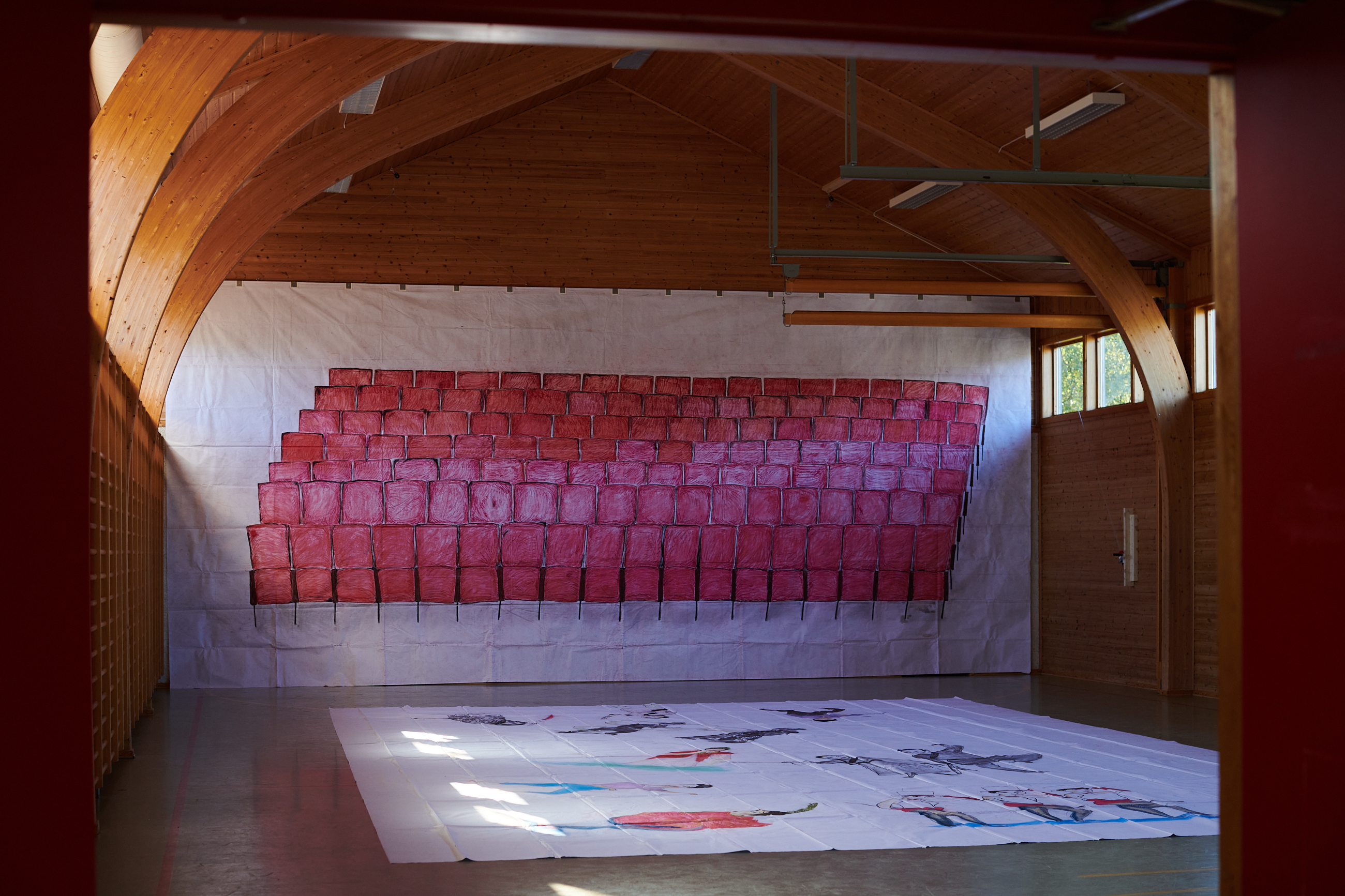
Drawings on paper from the studio of film-maker Tsai Ming-liang, occupying the sports hall of Kabelvåg’s primary school, Improvisations on the Memory of Cinema and Beautiful Night, 2017
Finally, it’s the trauma imprinted in the spaces themselves. In the ‘Haunted School’ (Kabelvåg’s primary school), Tomaso de Luca questions the promise of modernity, through his series of mock booby-traps quietly installed in the school’s changing rooms and communal showers.
Ridiculing the structures of minimalist sculpture, de Luca lays his mechanisms bare, such that the traps betray even their own horror. Instead, he suggests, we must be vigilant against the ‘violence embedded in architecture’ – in this case, ‘the experience of a queer kid in school’, the artist exemplifies – and against the ‘traps’ of society more broadly. Lest we forget early depictions of the vampire were not as a literary motif, but as 18th-century political allegory: a critique against the authority, or even the critic themself.

One of the six of garbage doll sculptures by Marianne Berenhaut occupying the Adjourned Courtroom. (from Poupées Poubelles, a large body of work from 1971-1980)
Kindred to Polidori’s The Vampyre, there is shifting, fluid ambiguity in the narrative mode at LIAF. And without conclusion, just as the blood-sucking Lord Ruthven escapes at the end of Polidori’s novel, unfound. But soon, whispers and spectres begin to take shape in the dark – and the longer one spends amongst the spaces of LIAF, the more that emerges both from its archive of mythology and its new cast of characters. Even the mountains cannot conceal their stories for long.

One of the six of ‘garbage doll’ sculptures by Marianne Berenhaut occupying the Adjourned Courtroom (from Poupées Poubelles, a large body of work from 1971-1980)

Christine Rebet Otolithe, 2021, an animation tracing the origins of the fijiri, the traditional song of pearl fishermen from the Persian Gulf
INFORMATION
The Lofoten International Art Festival will run until 3 October 2022. liaf.no
-
 This Mexican architecture studio has a surprising creative process
This Mexican architecture studio has a surprising creative processThe architects at young practice Pérez Palacios Arquitectos Asociados (PPAA) often begin each design by writing out their intentions, ideas and the emotions they want the architecture to evoke
-
 The Bombardier Global 8000 flies faster and higher to make the most of your time in the air
The Bombardier Global 8000 flies faster and higher to make the most of your time in the airA wellness machine with wings: Bombardier’s new Global 8000 isn’t quite a spa in the sky, but the Canadian manufacturer reckons its flagship business jet will give your health a boost
-
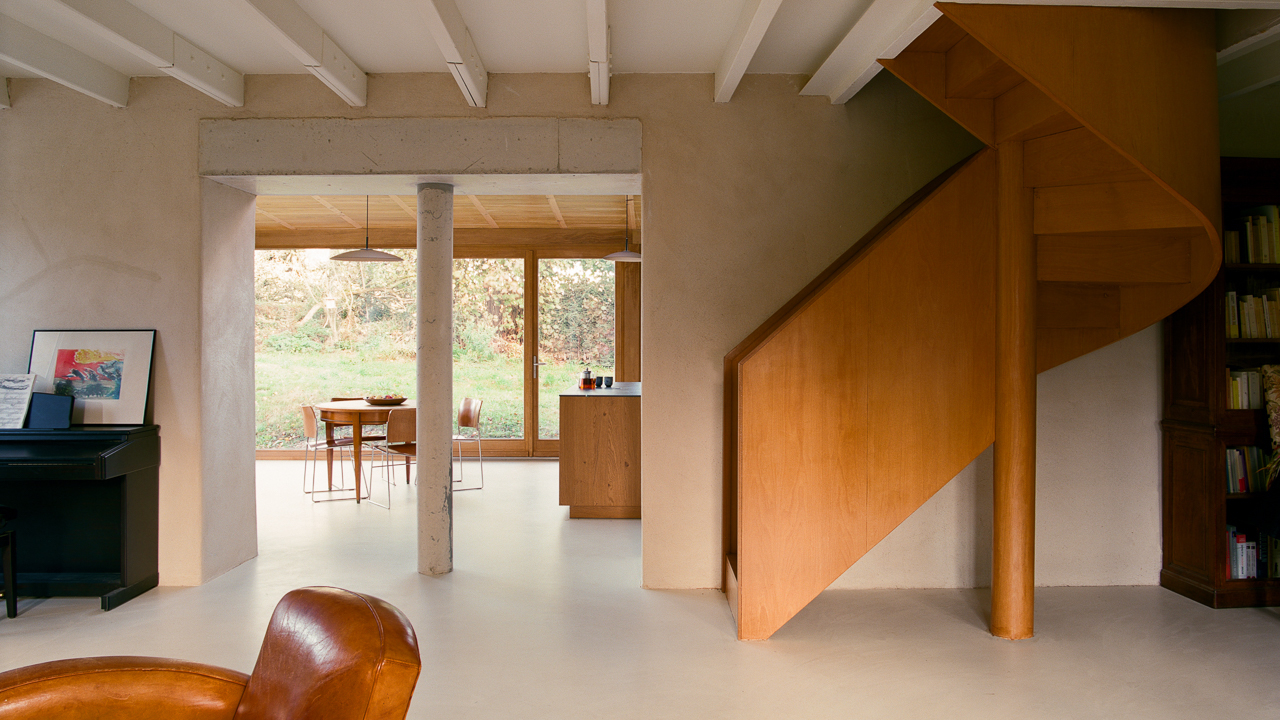 A former fisherman’s cottage in Brittany is transformed by a new timber extension
A former fisherman’s cottage in Brittany is transformed by a new timber extensionParis-based architects A-platz have woven new elements into the stone fabric of this traditional Breton cottage
-
 The dark fairytales of Nathalie Djurberg and Hans Berg come to life in Norway
The dark fairytales of Nathalie Djurberg and Hans Berg come to life in NorwayNathalie Djurberg and Hans Berg's exhibition ‘Death or Eternal Delight’ has now opened at Galleri F15 in Norway
-
 Laure Prouvost unveils inaugural Light Hall commission at National Museum in Oslo
Laure Prouvost unveils inaugural Light Hall commission at National Museum in OsloThe Turner Prize-winning artist takes over the cavernous space atop Oslo’s new National Museum with an ethereal installation
-
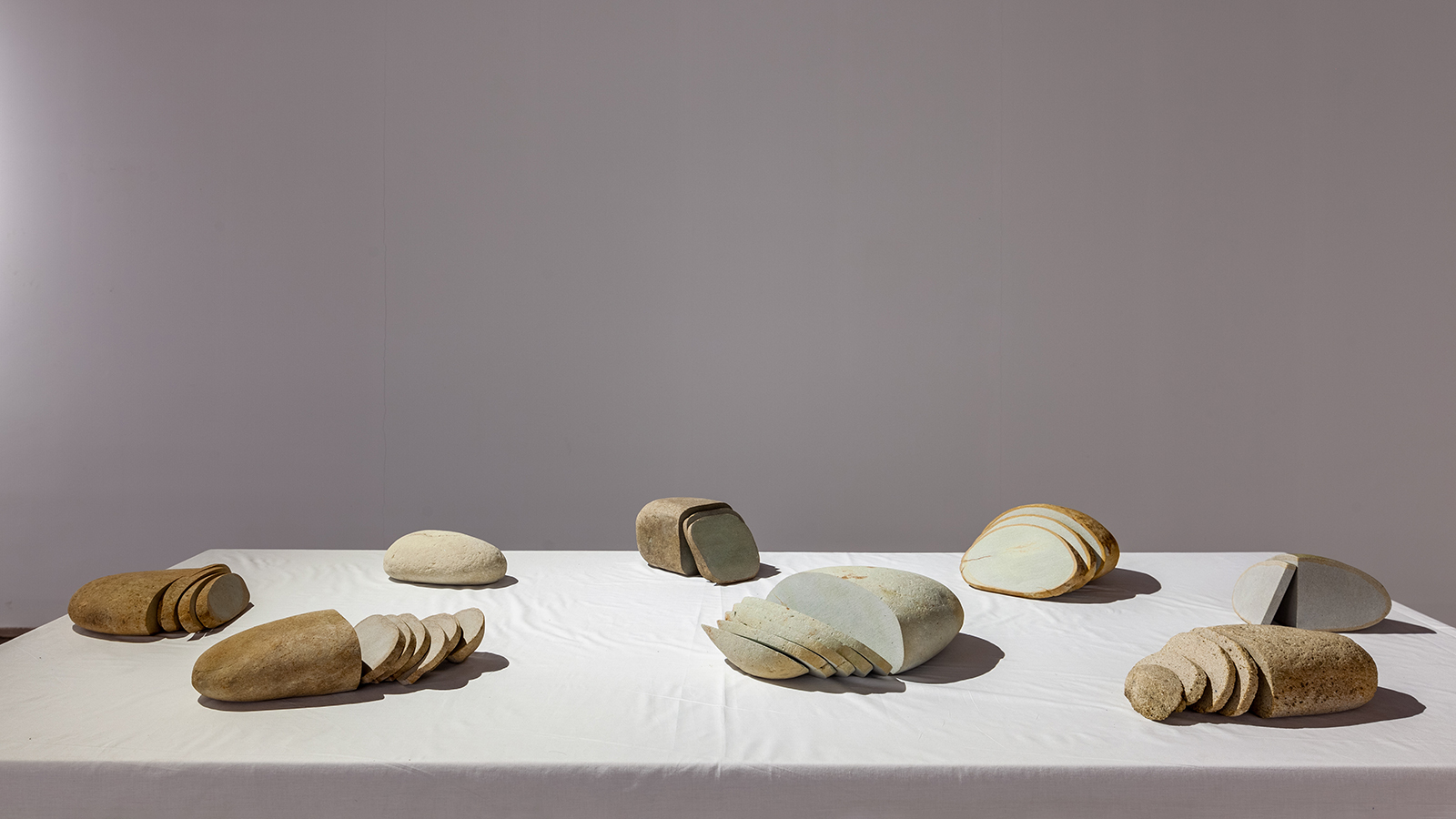 ‘In Our Veins Flow Ink and Fire’: a fervent return for India’s Kochi-Muziris Biennale
‘In Our Veins Flow Ink and Fire’: a fervent return for India’s Kochi-Muziris BiennaleIn its fifth edition, the postponed Kochi-Muziris Biennale surpasses the intersectional, collaborative essence of previous editions, writes Aastha D
-
 Montreux Jazz Festival posters: a visual history
Montreux Jazz Festival posters: a visual historyAs artist Guillaume Grando (SupaKitch) unveils his poster for the 57th Montreux Jazz Festival (30 June - 15 July 2023), we reflect on the most memorable designs since 1967, including from David Bowie to Andy Warhol and Camille Walala
-
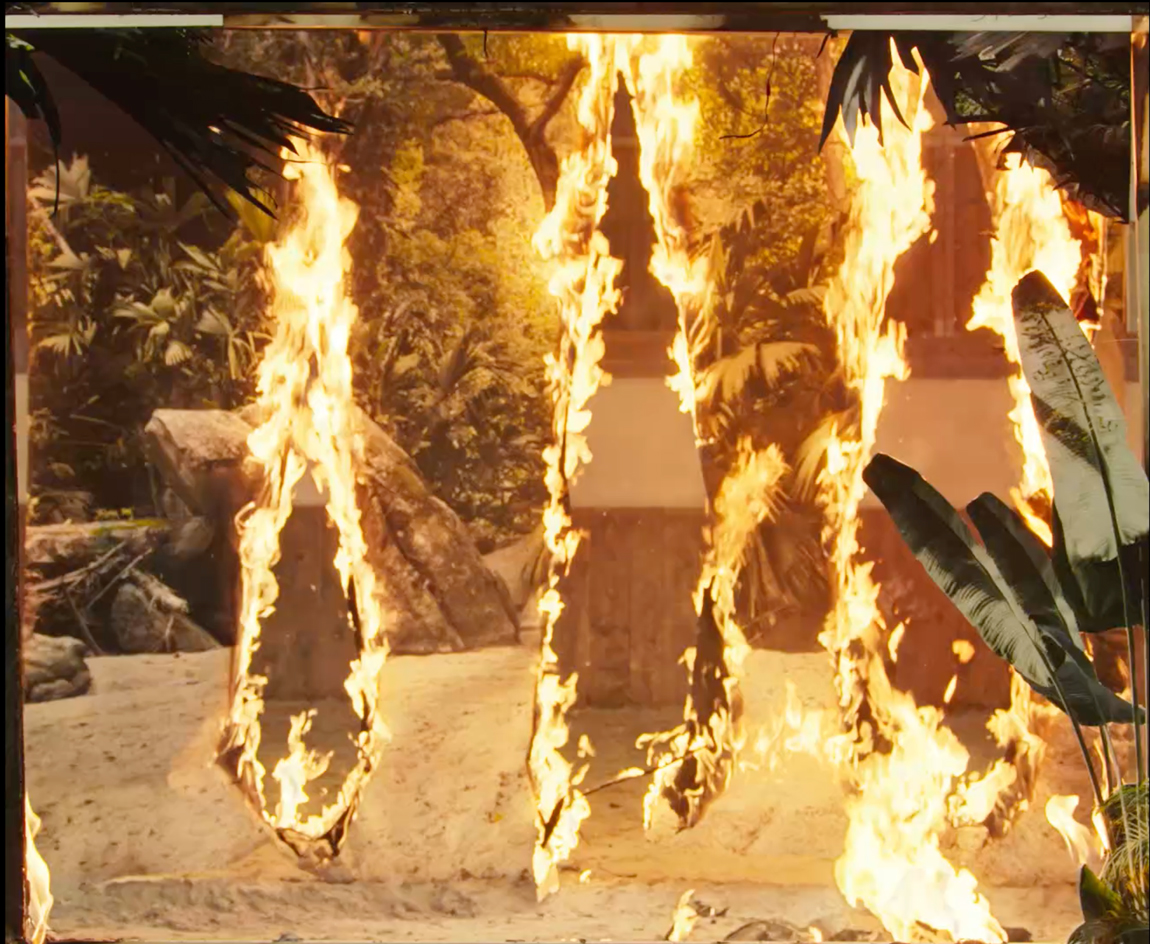 Rencontres d’Arles 2022: five photography exhibitions not to miss
Rencontres d’Arles 2022: five photography exhibitions not to missWe took a trip to Les Rencontres d’Arles, the world’s premier photography festival, to scout out the best photography exhibitions under the sun this year
-
 Photo 2022: a trip through past, present and potential futures in Melbourne and beyond
Photo 2022: a trip through past, present and potential futures in Melbourne and beyondThe groundbreaking Photo 2022 International Festival of Photography will return to Melbourne from 29 April – 22 May 2022. Charlotte Jansen spoke to artistic director Elias Redstone ahead of the opening
-
 Dance Reflections: progressive new festival blends art and movement
Dance Reflections: progressive new festival blends art and movementThe inaugural edition of Dance Reflections by Van Cleef & Arpels Festival marks a bold new fixture on the performing arts calendar. In London from 9 – 23 March 2022, the initiative has been conceived in collaboration with Sadler’s Wells, the Royal Opera House and Tate Modern. Here’s what to expect
-
 Photo 2021 explores the truth behind the image in Melbourne
Photo 2021 explores the truth behind the image in MelbourneAustralia's biggest ever photography festival showcases work from over 120 global photographers in outdoor galleries and museums around Melbourne